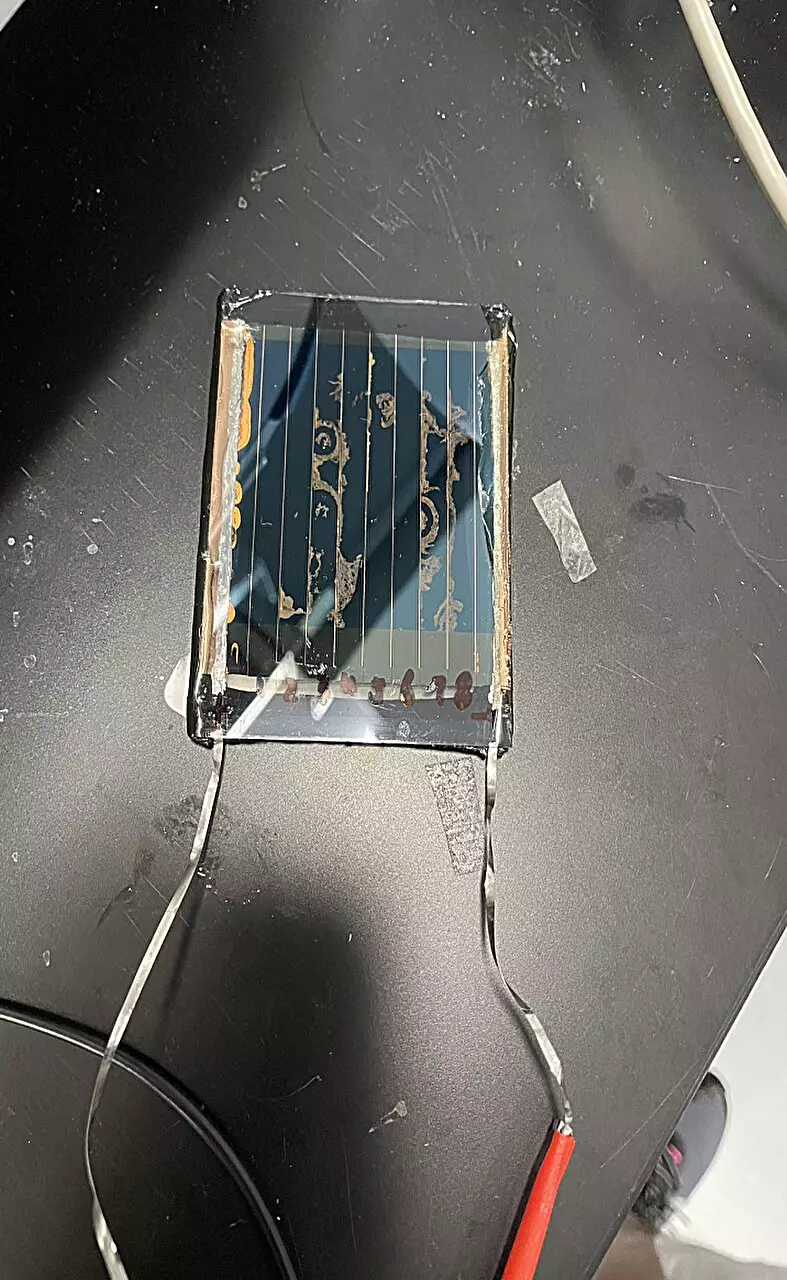Perovskite solar cells (PSCs) have shown tremendous potential in revolutionizing the field of photovoltaics with their high efficiency and cost-effective production. However, one major challenge faced by researchers is the instability of these cells under reverse bias conditions. When a shadow falls on a single cell in a module, it can lead to temperature increases and damage due to reverse bias. This issue has prompted scientists at the University of North Carolina at Chapel Hill to explore strategies to enhance the stability of PSCs in such scenarios.
The concept of reverse bias in solar cells has only recently gained attention within the photovoltaic community. The shaded cells in a module can experience a large reverse bias from the unshaded cells, which can lead to instability and performance degradation over time. In the case of PSCs, with their thinner photoactive layer and ion migration issues, the problem becomes even more severe. Previous studies have shown that PSCs can degrade within seconds to minutes under a reverse bias of a few volts, raising concerns about their long-term reliability and cost-effectiveness.
In a recent study published in Nature Energy, researchers led by Jinsong Huang sought to address the reverse bias stability of PSCs by investigating the mechanisms that could enhance their performance. By examining the degradation behavior under different bias voltages, durations, and device structures, the team was able to identify key factors influencing the stability of perovskite cells. They found that certain electrochemical reactions, such as iodine generation and electrode corrosion, played a significant role in the breakdown of PSCs under reverse bias.
Through their experiments, the researchers discovered that using a device stacking of lithium fluoride/tin oxide/indium tin oxide could inhibit iodine formation and electrode corrosion, thus increasing the stability of PSCs under reverse bias. This modification extended the lifetime of the cells to up to 1,000 hours under a reverse bias of -1.6 V, a significant improvement compared to previous degradation rates. The results of this study provide valuable insights into mitigating the effects of reverse bias on PSCs and pave the way for developing more stable and reliable perovskite-based PV technologies.
The findings from this research hold immense promise for the future commercialization of perovskite solar cells on a large scale. By addressing the issue of reverse bias instability, researchers can now focus on optimizing the performance and durability of PSCs for real-world applications. With further studies planned to explore the upper limits of reverse bias stability, the team led by Jinsong Huang aims to continue advancing the field of perovskite photovoltaics and accelerating their integration into mainstream solar energy systems.
The quest for stability in perovskite solar cells represents a crucial step towards realizing the full potential of this groundbreaking technology. With innovative strategies and rigorous scientific investigations, researchers are overcoming challenges posed by reverse bias conditions and paving the way for a sustainable energy future powered by efficient and reliable photovoltaic solutions.


Leave a Reply